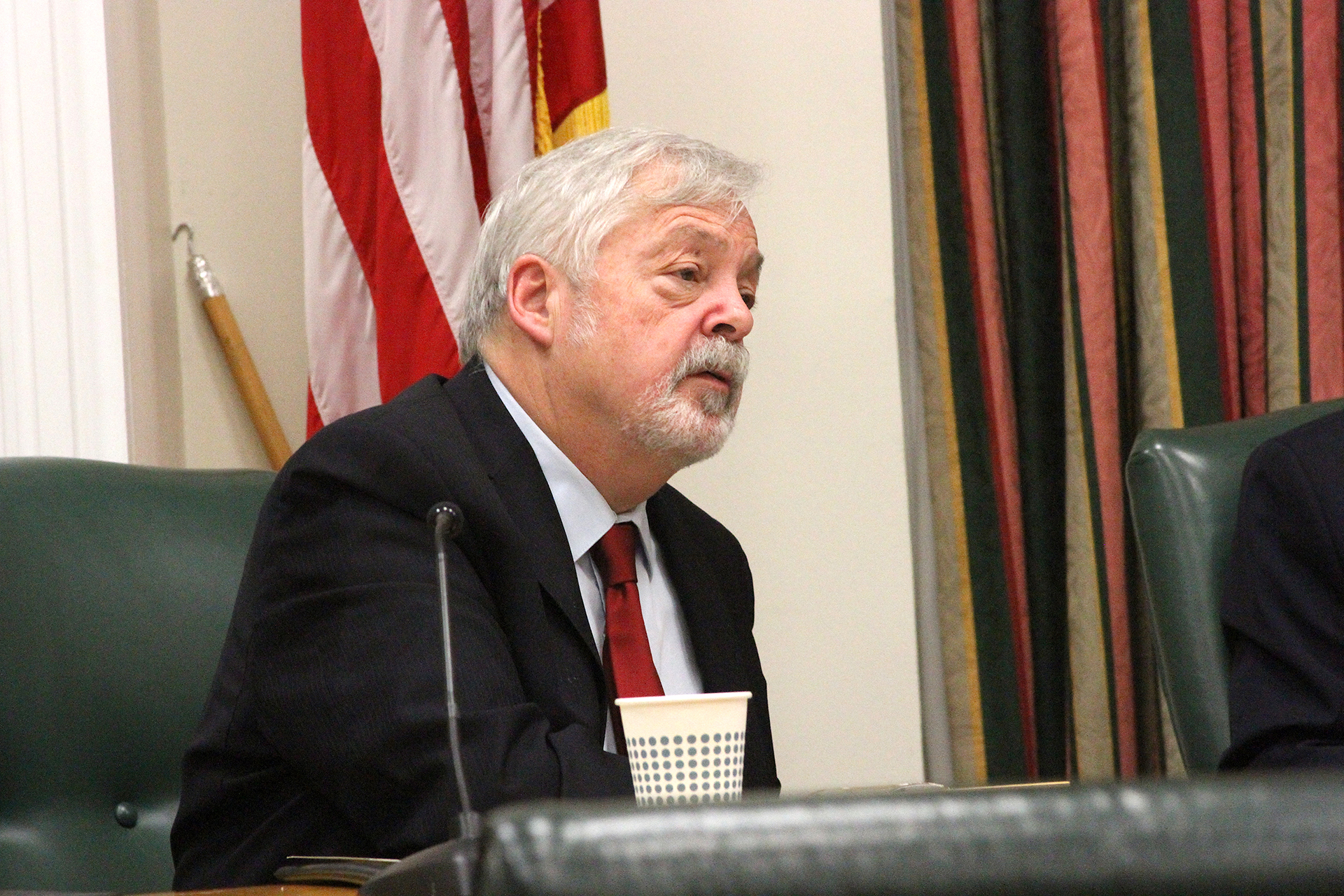Mandating Commercial Solar?

The Molloy College Sustainability Institute’s executive director, Neal Lewis, presented a proposal to mandate the use of solar power for new commercial buildings to the Southampton Town Board on January 24.
Lewis, along with research director Andrew Manitt, said the town should require that any new non-residential construction of more than 10,000 square feet be equipped with enough solar panels to provide a kilowatt of power for each square foot of the building as part of the renewable resource mission of the Long Island Clean Energy Leadership Task Force. The recommendation was discussed at two task force meetings before being presented to the town.
The Molloy representatives looked at building codes in other parts of the country, California in particular, because that state has changed its building code to require solar on residential properties. Several cities in the state, such as Culver City, Santa Monica, and Sebastopol, have adopted some form of non-residential solar requirement.
“Our goal was to find a model, and we think the kilowatt-per-square-foot formula based on the footprint seems practical,” Lewis said. “We think we’re injecting and motivating the marketplace so that a bunch of considerations play into new building construction. It’s still surprising that right now a vast majority of new builds don’t have solar or renewables.”
Supervisor Jay Schneiderman said there’s obviously a big difference going from a voluntary program to a requirement, and added he would be hesitant to raise the cost of construction when businesses are already struggling.
Councilwoman Christine Preston Scalera expressed concern with the mandate versus incentive issue, a battle Lewis said is a constant. Councilman John Bouvier said he likes the idea and concept, pointing to the incentive being lower energy costs. He said if the town employs Community Choice Aggregation, a program that allows local governments to procure power on behalf of their residents, businesses, and municipal accounts from an alternative supplier, it could potentially create a better market for solar. Manitt said he thinks the demand would lead to competitive bids and creative solutions.
“Our thought is that once you require solar, it’s up to the architect or the builder to figure out the best way to maximize what they’re going to get out of it,” Manitt said.
The pair also said they understand, given some town code requirements for new construction, that there’s a visual impact the solar panels could have. To answer those concerns, they said the town could also use a model called community-shared solar, in which there is one host for a solar installation that others invest in.
Lewis and Manitt said their past experience of looking at codes and making recommendations have helped them become leading policy makers on the topic. Years back, the task force recommended municipalities use HERS ratings in building codes to obtain greater energy efficiency in home construction, and 10 towns, including Southampton, are now using that system.
“You took the green initiative and went further with it and adopted what I think is perhaps one of the best building codes for new home construction from an energy efficiency and renewable perspective in the country,” Lewis said. “In terms of the requirement standard going up in terms of performance as buildings get bigger, I’ve not seen any in the country that has better standards than what this town has. We’re hoping we can once again lead the way here.”
desiree@indyeastend.com



